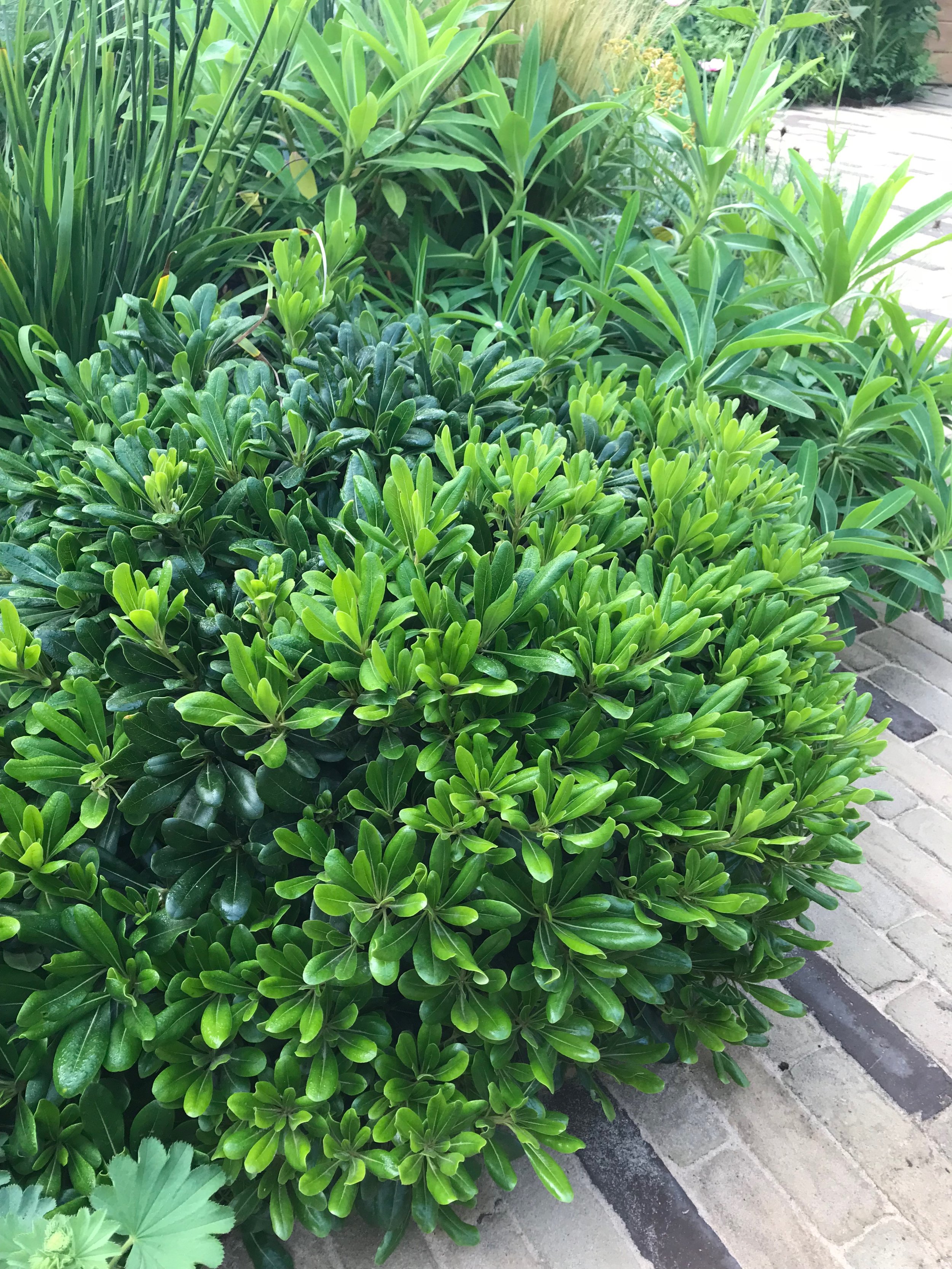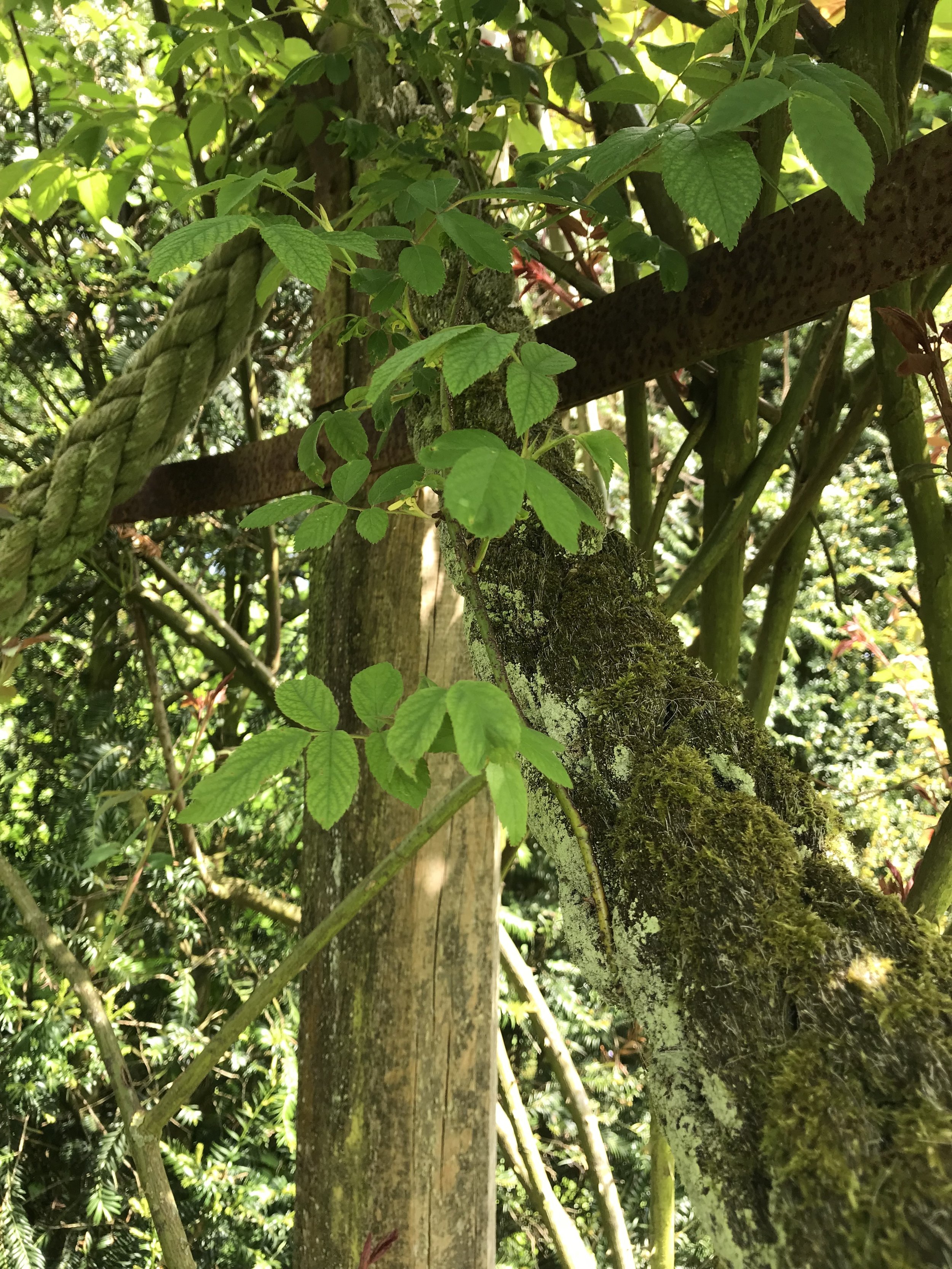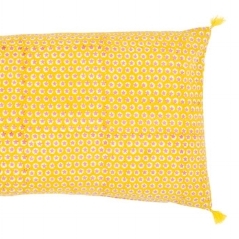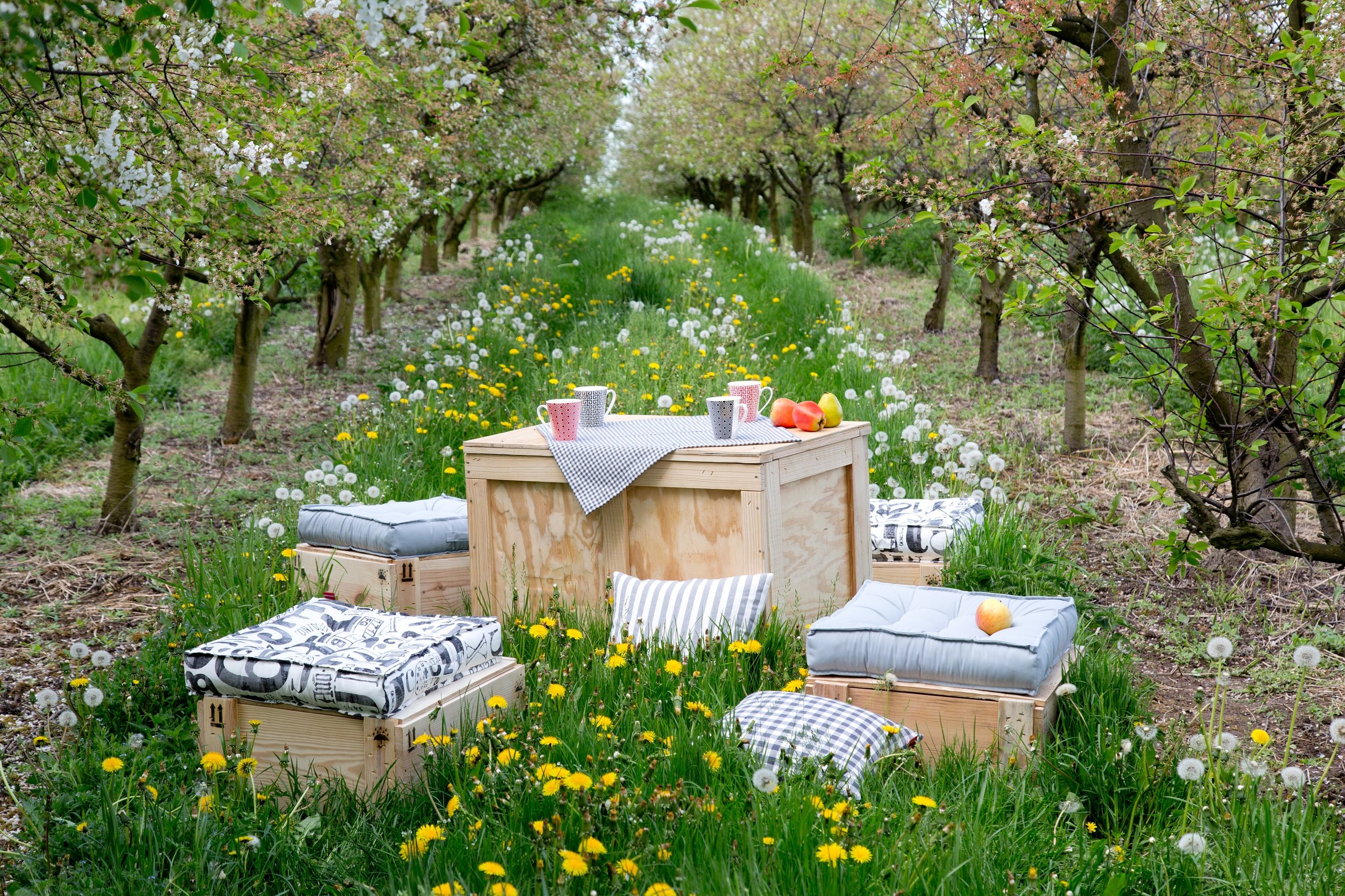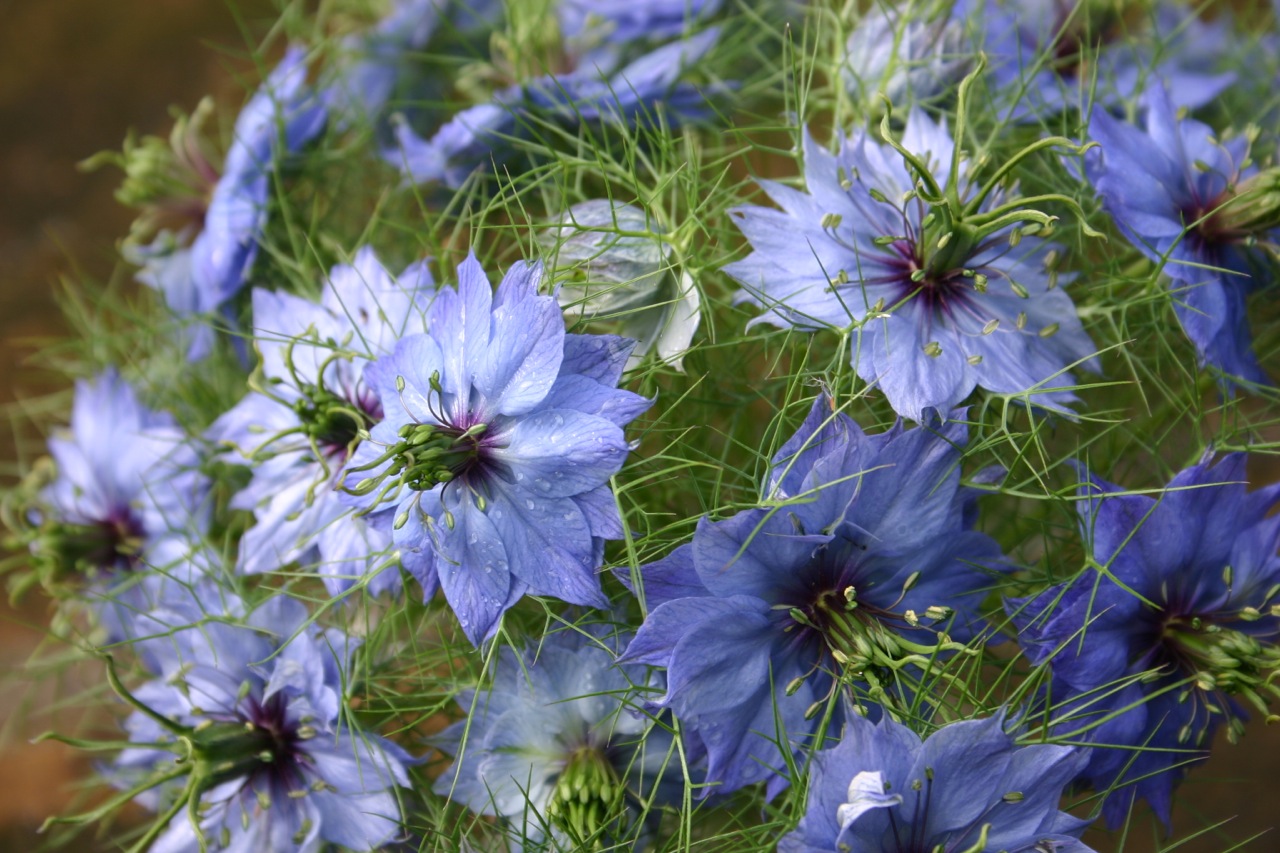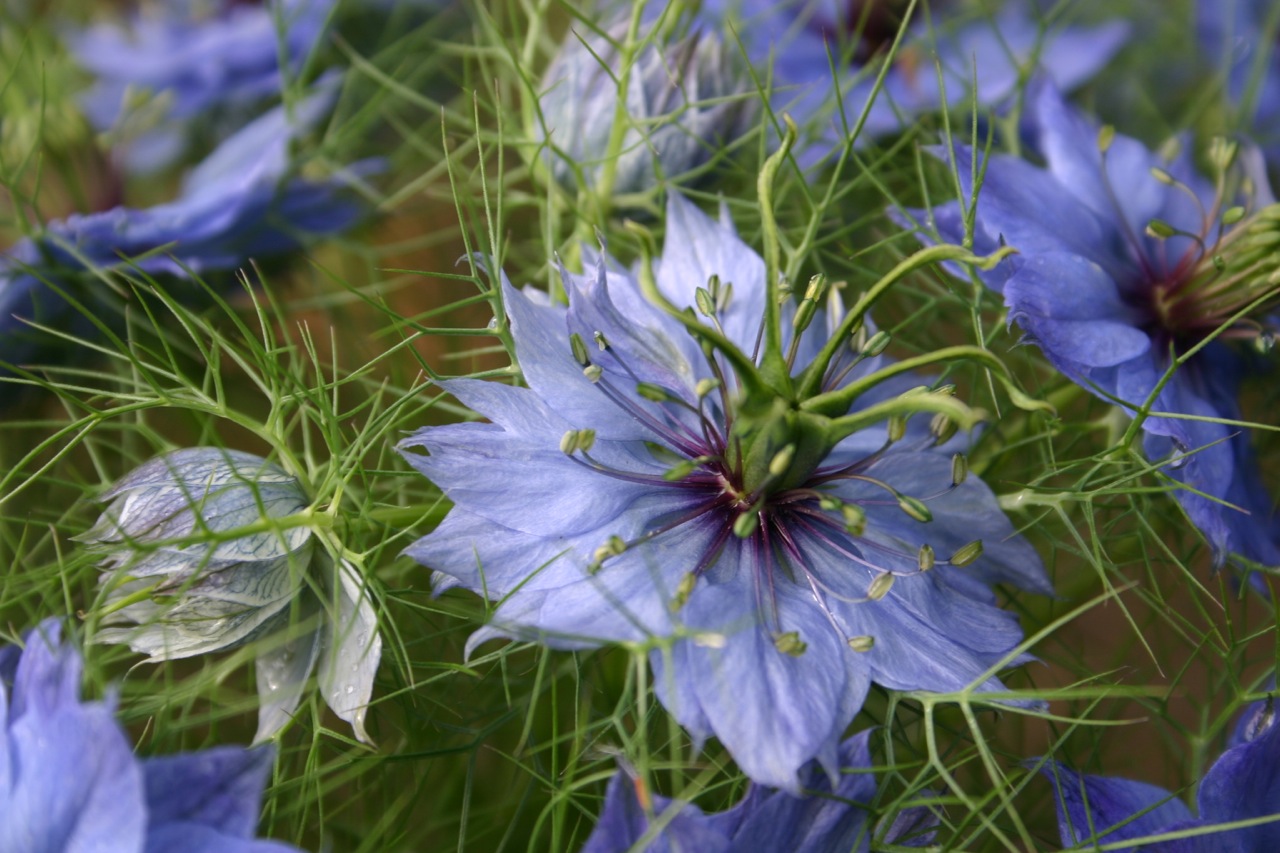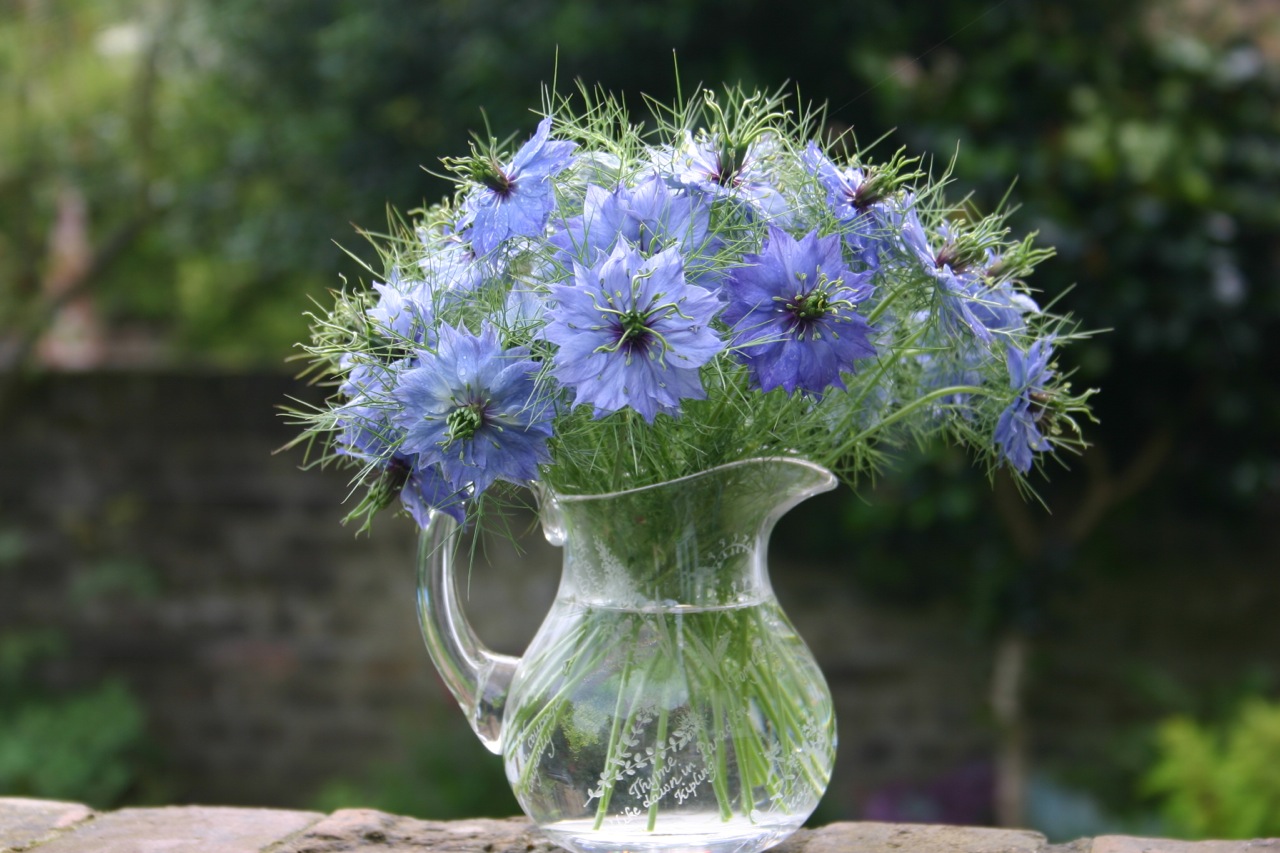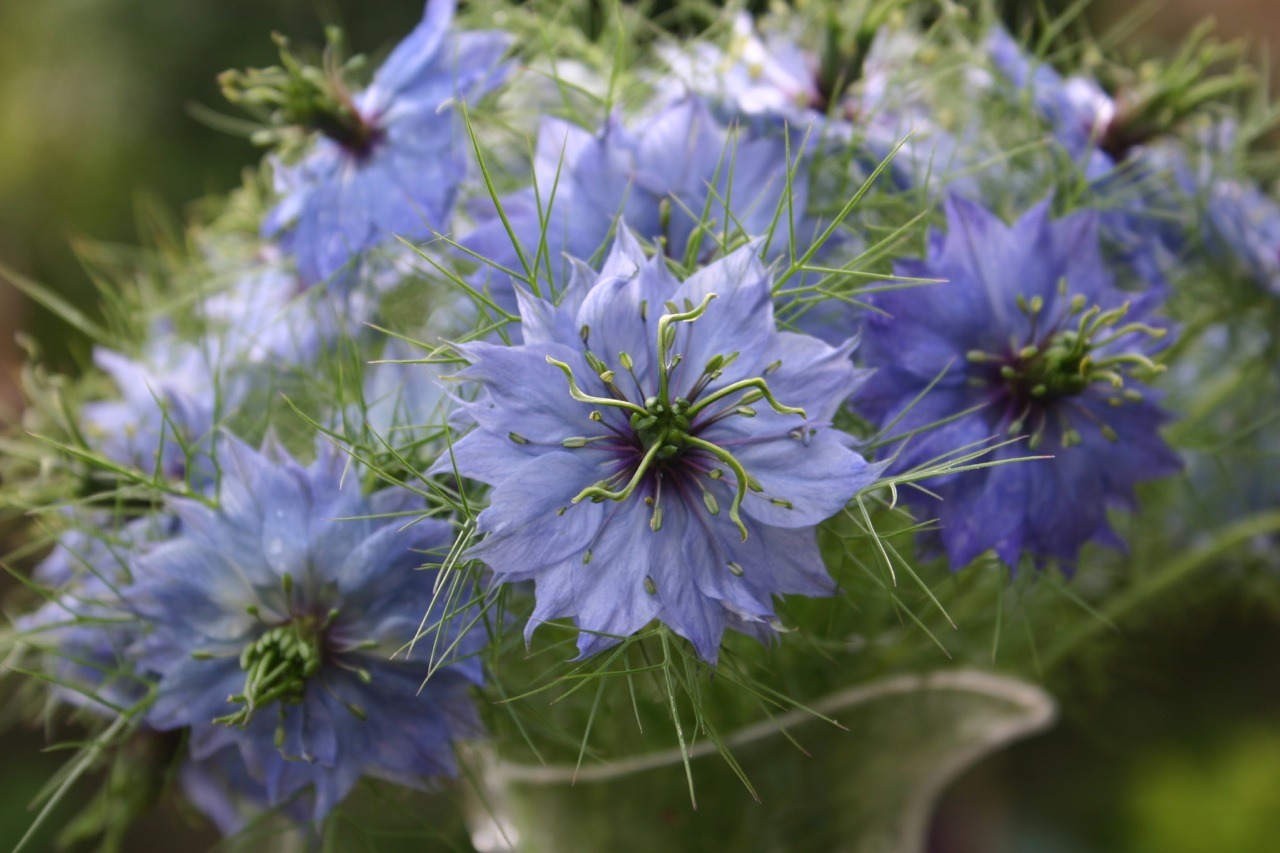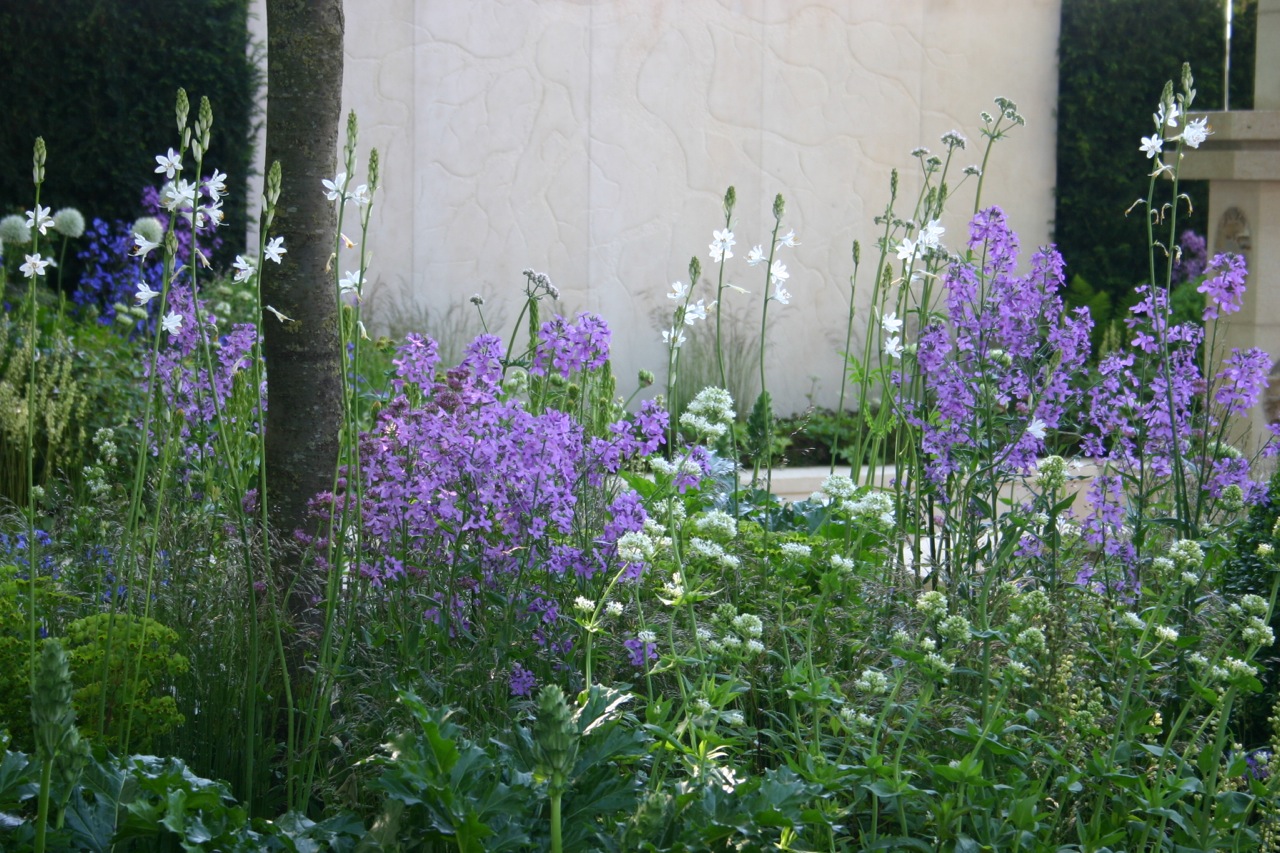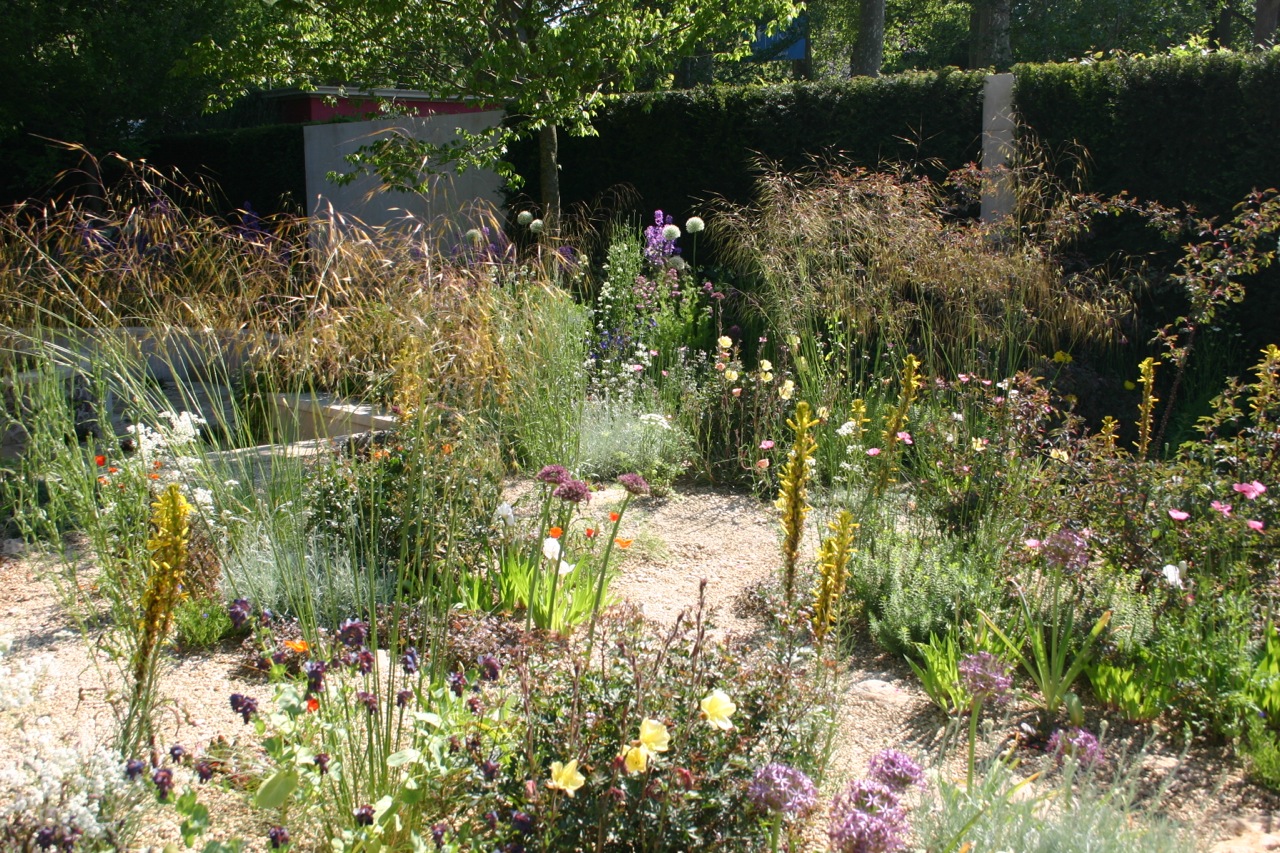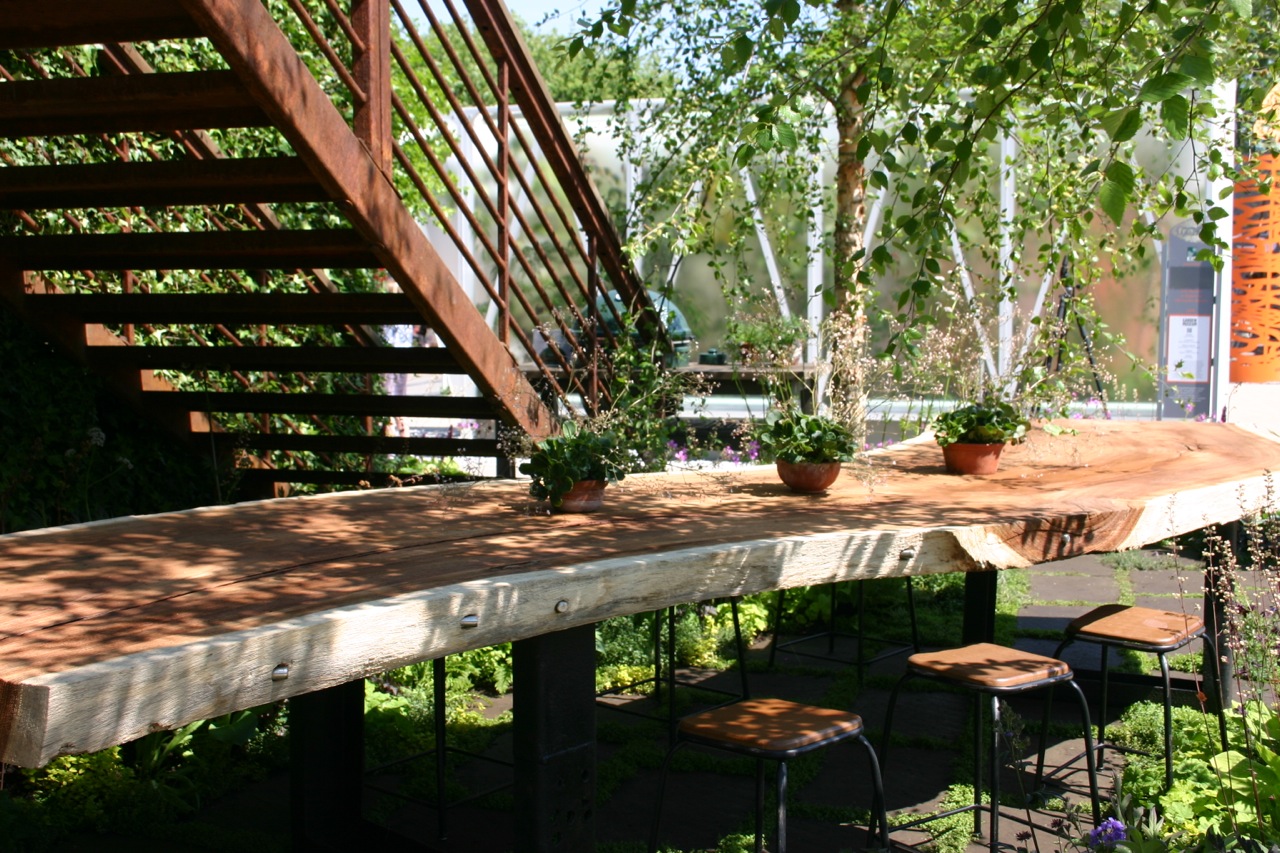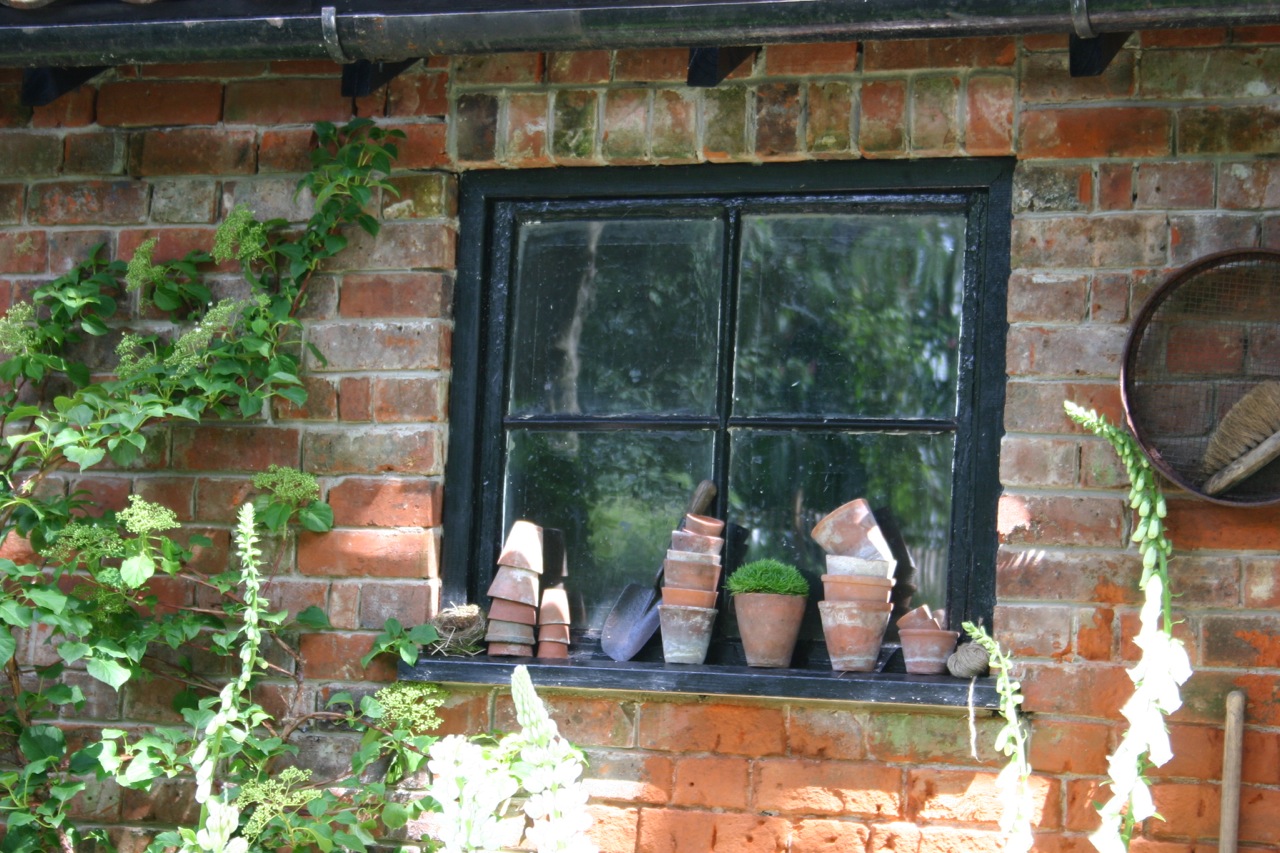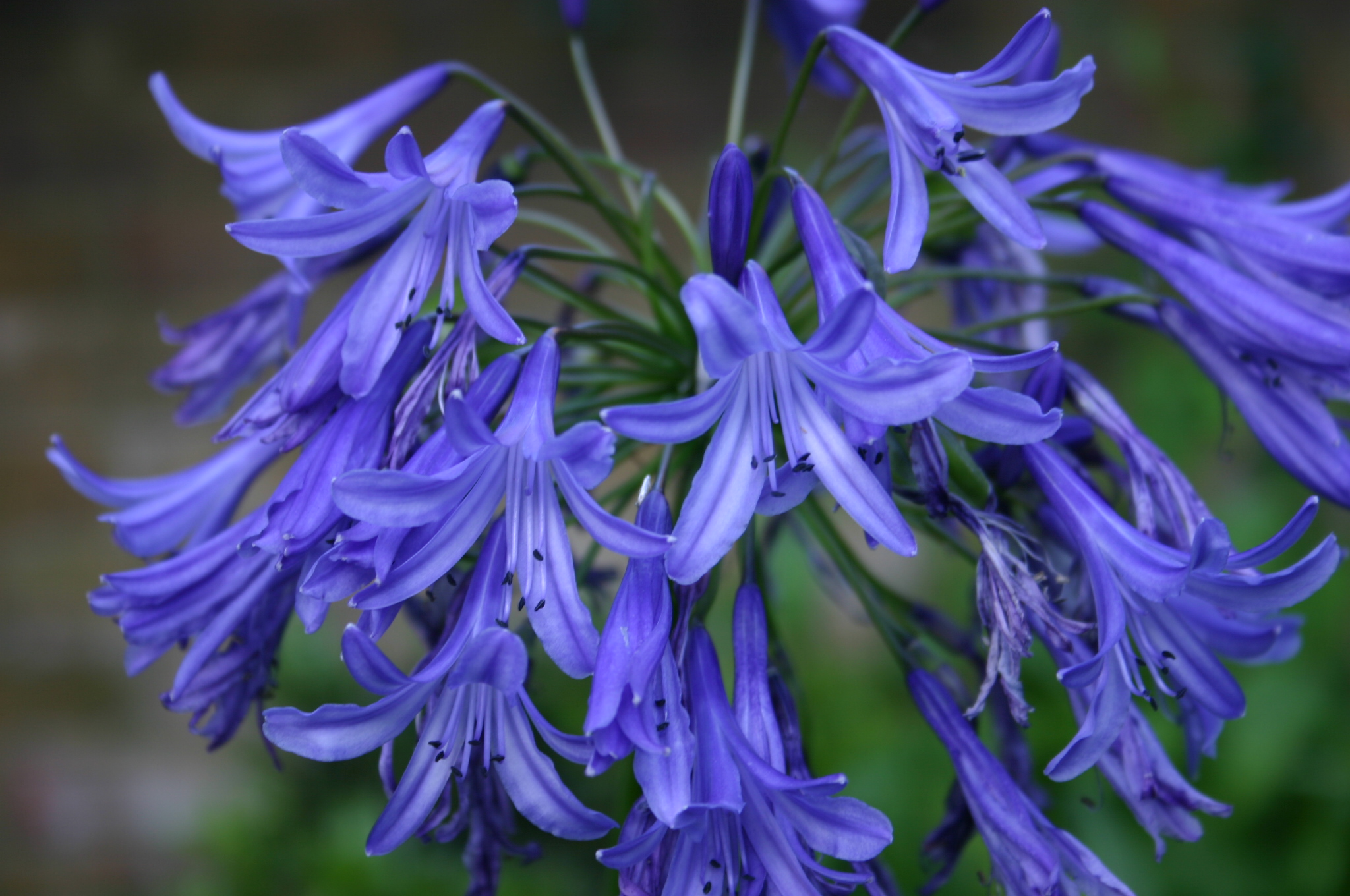Before I bang on again about plants, I thought I'd do a short series showcasing my favourite products from Chelsea this year. All of them have one thing in common; they have sustainability at the core of their business.
Stunning rugs, throws and cushions from Weaver Green, made from recycled plastic bottles.
The judging criteria at RHS Chelsea doesn't include anything on sustainability - odd, considering that gardens are nature, tamed. It becomes stranger every day to me, that this professed love of nature should be accompanied by such a head-in-the-sand approach to the mountains of single-use plastics within the industry, along with toxic rivers of insecticides and herbicides (also encased in single-use plastics.
It's not up to the RHS, or any other large organisation to lead the way in reducing waste though. The power is with each of us, making everyday choices which align with our values; if we want to see the gardening industry (and the rest of the world) changing its ways in this respect, then it is in our gift to vote with our feet and our wallets. Sustainability begins at home.
There are businesses out there though, who are making it easier for us to do this. Whilst I wait and dream of a nationwide plastic-free compost delivery service for those of us who don't make enough of it at home, here is the first of my favourite things from Chelsea this year.
Weaver Green rugs
When I walked onto this stand and touched these rugs and throws, I fell in love with them instantly. Imagine how thrilled I was then to be told that they were made entirely of thousands old plastic bottles that would have ended up in the ocean. I am smitten. The colours are soft and receding and they basically look like they've been there forever, which is what you WANT (or at least that's what I want) Oh, and guess what, moth larvae, house dust mites, and mould have absolutely no interest in these products either. Needless to say, I bought one of their beautiful runners immediately, and will be investing in a couple of other rugs for outside, because yes, these things are outdoor friendly and machine washable.
Weaver Green is the brainchild of Tasha and Barney, who spotted a fishing rope used to tether boats on one of their trips to Asia, and, inspired by this discovery, tasked themselves with creating the softest, comfiest textiles possible using single-use plastic bottles. They ended up with a product that works on so many levels - not only is does it give new life to discarded plastic bottles, but it also looks and feels exquisite. People like Tasha and Barney make me feel hopeful and happy.
x Laetitia





